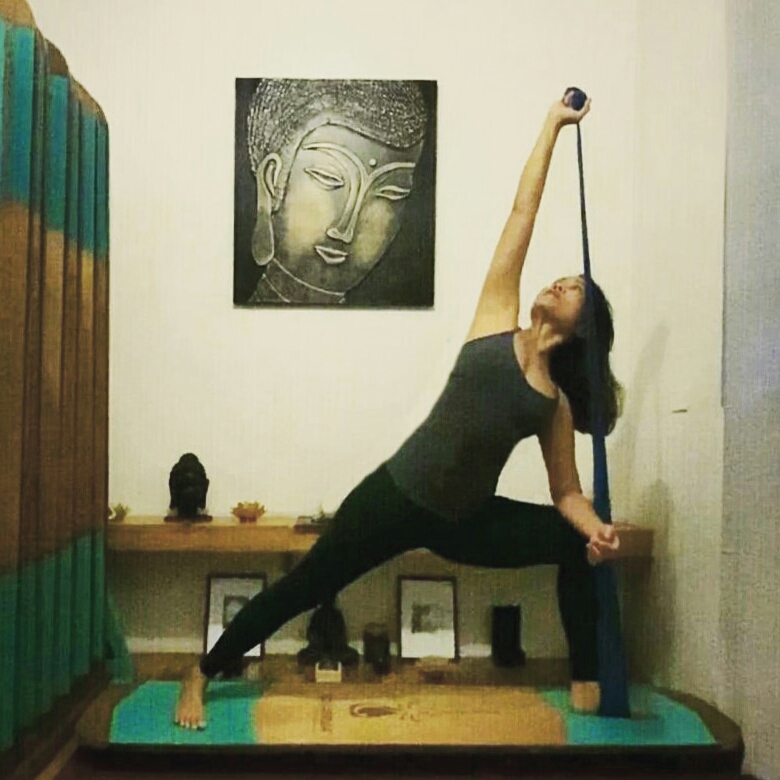
27 Jan Overloading and Underloading Joints: The Importance of Cross Training in Yoga
Pain and injury can result from underloading or overloading a joint. One of the issues with only practicing yoga is that it can create a scenario for the joints to become underloaded and overloaded at the same time. This is because most yoga classes involve a high repetition of a limited number of movements. For example, many forms of modern postural yoga practice set sequences of poses without deviation, meaning that a single class could involve performing the same poses dozens of times. When these poses are practiced repetitively, it can result in a repetitive stress injury, where pain is experienced in the muscles, nerves, and tendons as a result of overuse through repetitive movement.
The ideal solution to reduce incidences of pain and injury from under- and overloading would be for yoga practitioners to include cross training using external resistance, such as strength training or Pilates exercises on the stability board. We incorporate external load and pulling movements into our Aqua Firma class to mitigate the negative effects of over- and underloading.
In photo: Side Angle Pose with a resistance band
Use a resistance band in this asana by placing it underneath your left foot and holding it in your right hand. Or tie loops at either end of the band and put it around your left foot and right hand. Move into deeper flexion at the left hip as you place your left forearm on your thigh. Reach your right arm straight up to the ceiling. Notice how it feels.
Put aside the resistance band and repeat Side Angle pose. Notice how it may feel different after using the resistance bands. Did it feel easier to maintain muscular activation in the pose? Were there aspects of the pose that you couldn’t sense before that you can sense now, and if so, what were they? Do you still feel like you need to place weight into your bottom arm to sustain the pose?
Join our online #AquaFirma class via Zoom every Monday from 6pm-7pm (GMT+8). DM us for info ?

No Comments